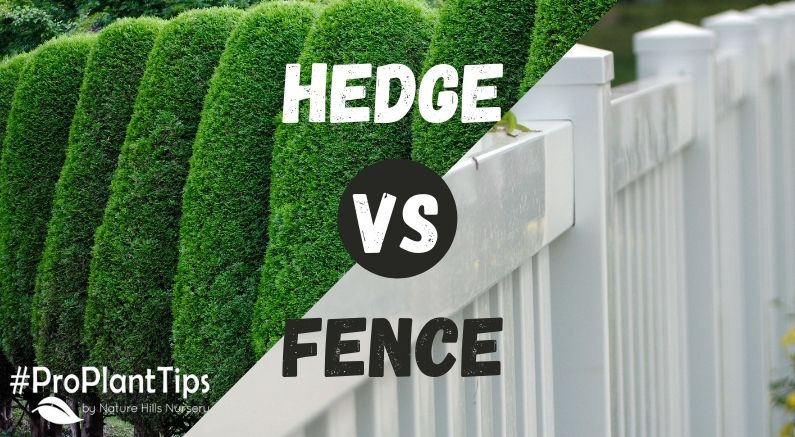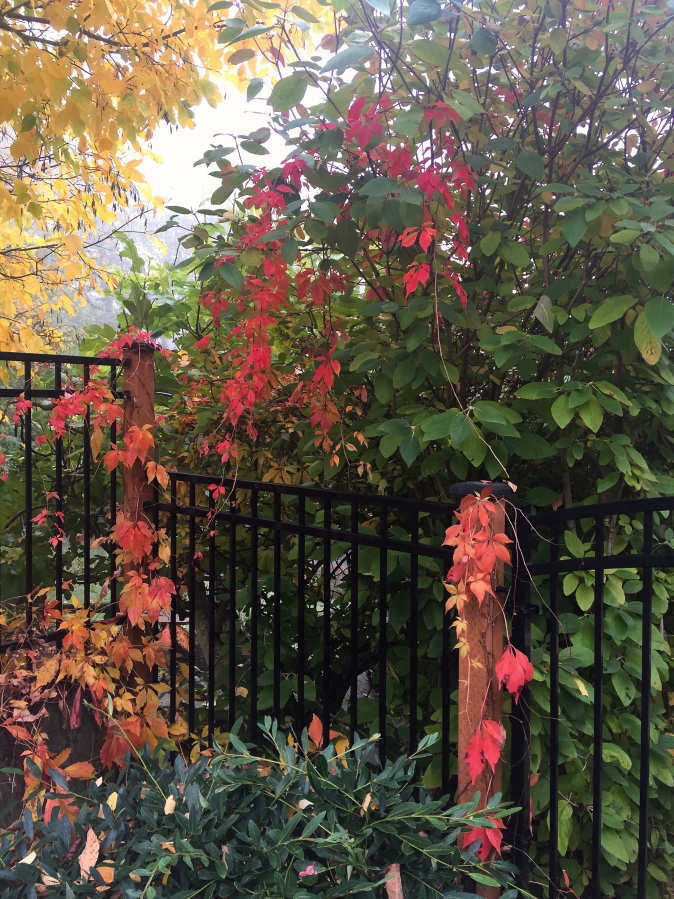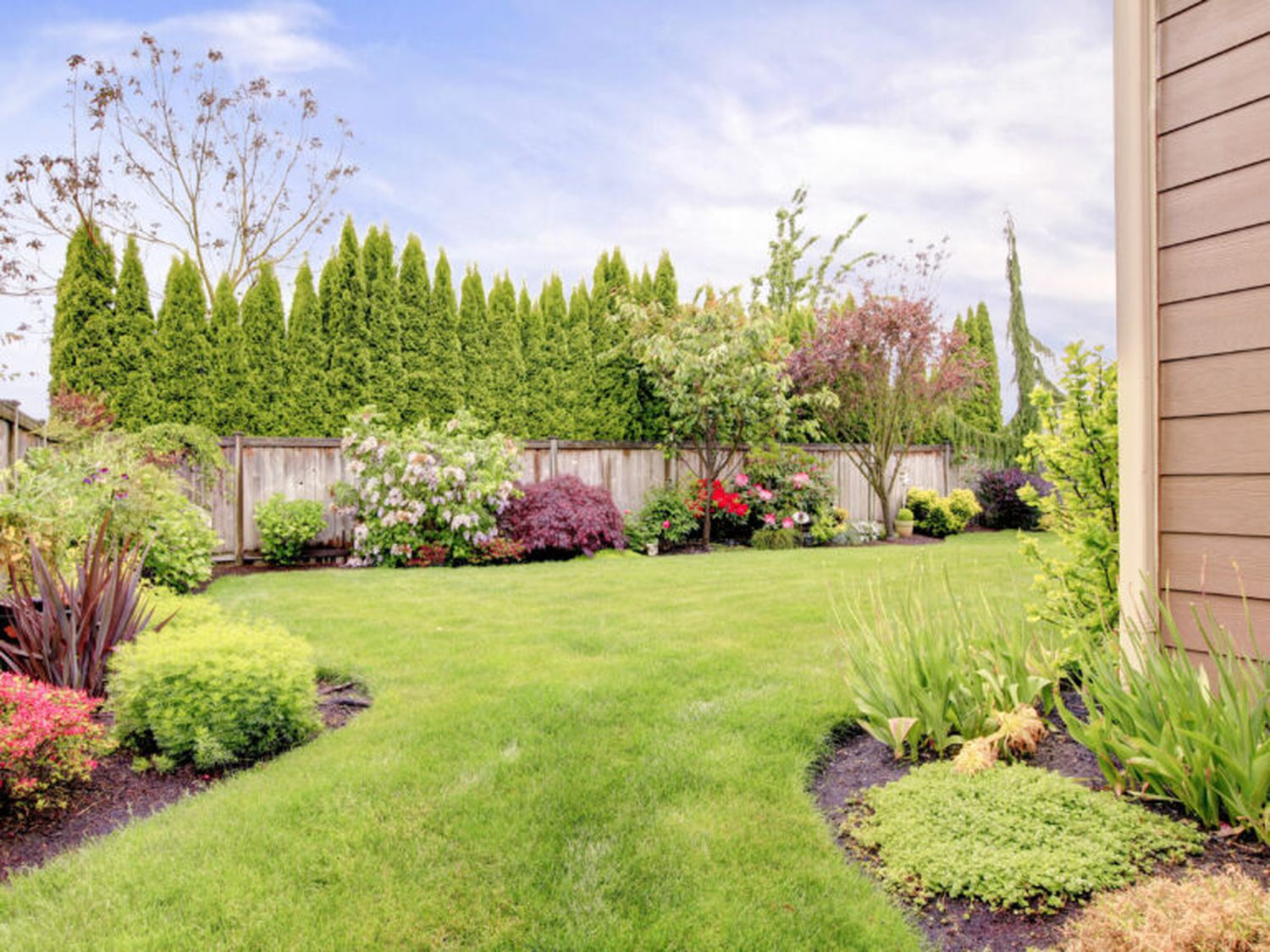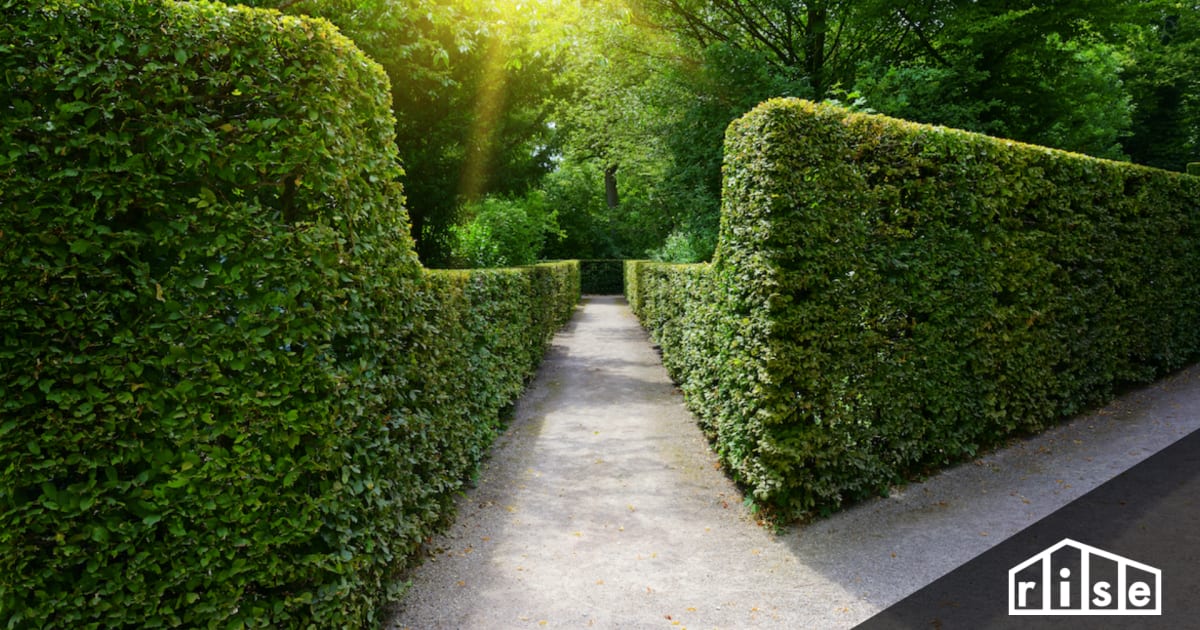In this article, you’ll learn about the role of hedges and shrubs in integrating fences. We’ll explore how these plants can enhance the appearance of your fence, provide privacy, and contribute to the overall aesthetic appeal of your property. Additionally, we’ll discuss the benefits and considerations of using hedges and shrubs as fence integration, including maintenance requirements and suitable plant types. By the end of this article, you’ll have a better understanding of how hedges and shrubs can complement your fence and create a beautiful outdoor space.
The Role of Hedges and Shrubs in Fence Integration

Introduction to Hedges and Shrubs
Hedges and shrubs are an essential aspect of landscaping and can greatly contribute to the functionality and aesthetics of outdoor spaces. Hedges are typically composed of dense groupings of shrubs that are planted in a linear or curvilinear pattern to create a natural barrier. Shrubs, on the other hand, are woody plants that are smaller in size compared to trees and have multiple stems emerging from the base. When integrated with fences, hedges and shrubs can enhance privacy, add aesthetic appeal, create natural sound barriers, provide additional security, and contribute to the overall landscape design.
Benefits of Integrating Hedges and Shrubs with Fences
Increased Privacy
One of the primary benefits of integrating hedges and shrubs with fences is increased privacy. By planting tall, densely foliated hedges along the fence line, you can create a natural screen that shields your outdoor space from prying eyes. The thick foliage of privacy hedges acts as a visual barrier, preventing passersby from seeing into your property and creating a secluded and intimate environment.
Enhanced Aesthetic Appeal
Integrating hedges and shrubs with fences can significantly enhance the aesthetic appeal of your outdoor space. The combination of natural elements such as lush greenery, vibrant flowers, and architectural fence design can create a visually stunning landscape. The texture, color, and form of hedges and shrubs can complement the material and style of the fence, adding depth and dimension to the overall design.
Noise Reduction
Hedges and shrubs also serve as natural sound barriers when integrated with fences. The dense foliage of plants can absorb and diffract sound waves, reducing the amount of noise that reaches your outdoor space. This can be particularly beneficial if you live near a busy road, a park, or other sources of noise pollution. The strategic placement of noise-reducing plants along the fence line can create a quieter and more peaceful environment.
Improved Security
In addition to providing privacy, hedges and shrubs integrated with fences can offer an added layer of security to your property. By choosing thorny and deterrent plants, you can create natural barriers that discourage trespassing and unwanted entry. The physical presence of hedges and shrubs can act as a deterrent for potential intruders, making your property less vulnerable to break-ins. Furthermore, integrating security systems such as cameras and motion sensors with fence integration can enhance the overall security measures.
Environmental Benefits
Integrating hedges and shrubs with fences also provides numerous environmental benefits. The foliage of plants can help filter pollutants from the air, improve air quality, and reduce dust and debris. Hedges and shrubs also contribute to biodiversity by providing habitats for birds, insects, and other small animals. Additionally, they can help regulate temperature, conserve water, and prevent soil erosion, further enhancing the overall ecological balance of your outdoor space.

Types of Hedges and Shrubs Suitable for Fence Integration
Evergreen Hedges and Shrubs
Evergreen hedges and shrubs retain their foliage throughout the year and are an excellent choice for creating year-round privacy and greenery. Some popular options include boxwood, leyland cypress, holly, and privet. These plants provide a consistent and uniform backdrop for fences and require minimal maintenance.
Flowering Hedges and Shrubs
Flowering hedges and shrubs add color and vibrancy to outdoor spaces. Some popular flowering options include roses, lilacs, hydrangeas, and viburnums. These plants not only provide privacy but also create a visually stunning display with their blooms. It is important to choose flowering plants that are suitable for your climate and the specific conditions of your outdoor space.
Drought-Tolerant Hedges and Shrubs
For areas with limited water availability or a dry climate, drought-tolerant hedges and shrubs are an ideal choice. These plants can withstand extended periods of drought and require minimal watering. Some popular drought-tolerant options include lavender, juniper, yucca, and agave. It is important to select plants that are native or adapted to your region’s climate to ensure their success.
Low-Maintenance Hedges and Shrubs
If you prefer a low-maintenance outdoor space, there are several hedges and shrubs that require minimal care. These plants are typically hardy, disease-resistant, and tolerant of various soil conditions. Some popular low-maintenance options include boxwood, barberry, spirea, and euonymus. Incorporating low-maintenance plants with fence integration can save you time and effort in landscaping maintenance.
Varieties for Different Climate Zones
When selecting hedges and shrubs for fence integration, it is essential to consider the climate zone in which you live. Different plants thrive in different climates, and choosing varieties suitable for your region will ensure their long-term health and success. Consult with local nurseries or a horticulturist to determine the best options for your specific climate.
Enhancing Privacy with Hedges and Shrubs
Using Dense Foliage for Privacy
To maximize privacy with hedges and shrubs, it is important to choose plants with dense foliage. Look for plants that have overlapping leaves or needle-like foliage to create a solid barrier. Additionally, choosing evergreen plants will ensure year-round privacy, even during the colder months when deciduous plants shed their leaves.
Optimal Height and Width for Privacy
The height and width of hedges and shrubs play a crucial role in providing privacy. Consider the desired level of privacy and the size of your outdoor space when selecting plants. Taller plants are better suited for taller fences and larger properties, whereas shorter plants work well with lower fences or to create partial privacy. Proper spacing and pruning techniques can also help control the height and width of plants to ensure optimal privacy.
Creating Natural Screens
To achieve maximum privacy, consider creating natural screens with hedges and shrubs. By strategically placing plants at intervals along the fence line, you can block specific views and create secluded areas within your outdoor space. This can be particularly useful if you have multiple zones, such as a patio, a pool area, or a garden, that require different levels of privacy.
Maintenance for Privacy Hedges and Shrubs
Maintaining privacy hedges and shrubs involves regular pruning to control the growth and density of plants. Trimming the plants to the desired height, width, and shape will ensure that the privacy barrier remains effective. It is essential to follow proper pruning techniques to avoid damaging the plants and to promote their healthy growth. Additionally, regular watering and fertilization will support the vitality and density of the foliage.
Common Questions About Privacy Hedges and Shrubs:
- What are the best plants for creating a privacy hedge?
- How tall should privacy hedges be to provide effective screening?
Q: What are the best plants for creating a privacy hedge? A: Some popular plants for creating privacy hedges include leyland cypress, arborvitae, privet, and bamboo. These plants have dense foliage and a fast growth rate, making them ideal choices for privacy screening.
Q: How tall should privacy hedges be to provide effective screening? A: The height of privacy hedges can vary depending on your specific needs and the layout of your property. As a general guideline, hedges should be at least 6 feet tall to provide effective screening. However, you can choose taller options based on the desired level of privacy and the height of the surrounding structures.


